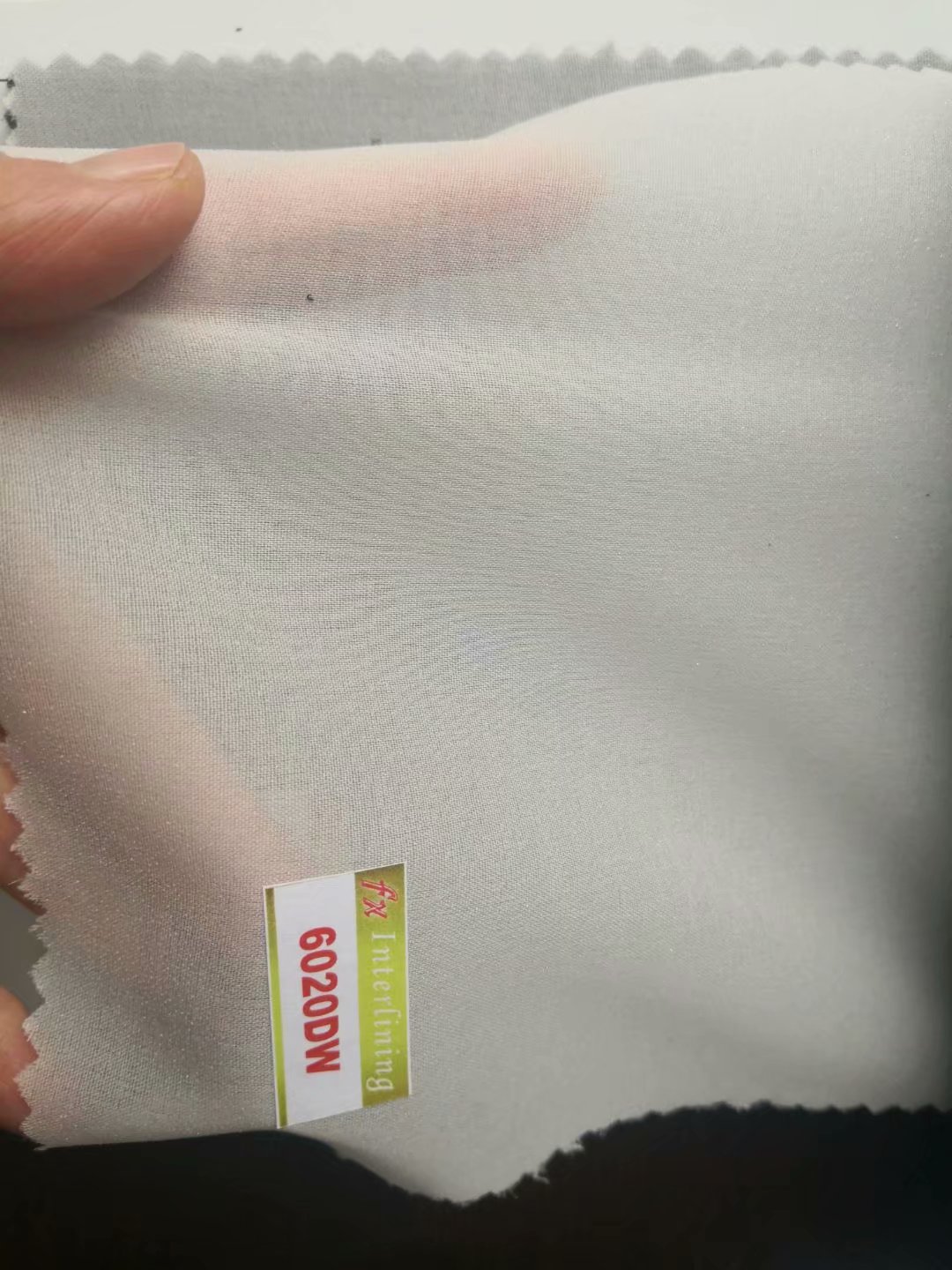Pulse plating is widely defined as intermittent current plating. Intermittent current refers to the forward current occurring at a certain time and the reverse current at another time. Since the beginning of the 50's, people have been engaged in the research of pulse electroplating, because the pulse current can make the coating crystal refinement, high bonding force, no porosity, so that the coating has a good physical and chemical properties.
Pulse plating parameters
According to numerous experiments, for a given electrolyte system, the metal plating rate depends on: (1) the pulse frequency, (2) period (duty cycle), (3) waveform, and (4) current density. . In addition, the characteristics of additives, chemicals, and metals also have a certain influence on the pulse plating effect. When pulse plating is applied, it is performed without preset standard parameters. Each specific metal must be experimentally searched for its specific combination of parameters to achieve improved physical properties of the coating, which is the biggest drawback of pulsed plating. We cannot use other metal pulse plating parameters in combination with another metal pulse plating. Because the design requirements of the circuit board tend to be fine wire, high density, fine hole diameter (even micro-vias), today's DC plating can not meet the above requirements. Due to the reduction in aperture diameter and the increase in plate thickness, copper plating through holes has great technical difficulties. Especially in the coating layer at the center of the aperture, the copper layer at both ends of the aperture is often too thick but the central copper layer is insufficient. The uneven plating conditions can affect the effect of current delivery. This problem can be overcome by periodic turn pulse plating. The principle of operation of high-speed periodic steering pulse plating is to use forward current plating for a period of time (approximately 95%) and then electroplating (approximately 5%) with a high-energy short reverse current. This high-speed periodic steering pulse current interacts with the plating solution and additives, polarizes the high current density domain, and redistributes the plating current to the area of low current density. The effect is that the copper plating in the area of high current density is reduced, but this This situation does not occur in the area of low current density, so the electroplated copper layer in the aperture of the circuit board is thicker than the surface copper layer.
Principle of pulse plating
In the electroplating process, there are three resistances in the plating cylinder, the anode resistance cathode resistance and the plating resistance. In the cathode deposition process, the cathode resistance can be divided into two major parts; geometric resistance and polarization resistance.
When electroplating (primary current distribution) is electroplated, the surface resistance of the circuit board is different from the resistance in the aperture because of different shapes. The surface resistance (Rs) is lower than the aperture resistance limit (RH). Therefore, the current flowing to the surface (Is) is much larger than the current in the aperture (IH). As a result, uneven distribution of pores and surface copper layers occurs.








